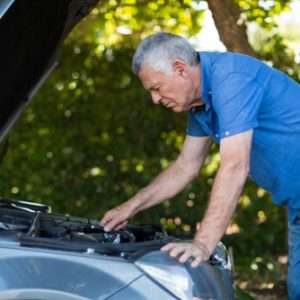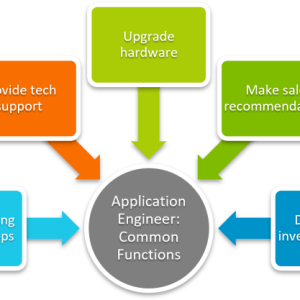Ever felt that thrill of bringing a rusty, broken-down car back to life? Car Mechanic Simulator 2018 lets you do just that, and at the heart of every vehicle lies its engine. But let’s be honest, diving into the engine bay can feel a little daunting at first. Where do you even begin? This guide will walk you through the ins and outs of engine work in the game, helping you become a true virtual mechanic. We’ll cover everything from basic repairs to advanced tuning, so buckle up and get ready to get your hands dirty (virtually, of course!).
Understanding the Basics of Engines in Car Mechanic Simulator 2018
So, you’re staring at a disassembled engine. Don’t panic! The game does a decent job of guiding you, but a little extra knowledge never hurts. Each engine is made up of numerous parts, and understanding their function is key to successful repairs and upgrades.
Let’s break down some essential engine components:
- Cylinder Head: Sits atop the engine block and houses the valves and camshaft.
- Engine Block: The core of the engine, containing the cylinders and pistons.
- Pistons: Move up and down inside the cylinders, driven by combustion.
- Crankshaft: Converts the linear motion of the pistons into rotational motion.
- Timing Belt/Chain: Synchronizes the rotation of the crankshaft and camshaft.
Familiarizing yourself with these parts will make diagnosing issues and performing repairs much easier. Think of it like learning the alphabet before writing a novel ─ it’s fundamental!
Diagnosing Engine Problems in Car Mechanic Simulator 2018
Okay, so a customer rolls in with a sputtering engine. How do you figure out what’s wrong? Car Mechanic Simulator 2018 provides several tools to help you diagnose engine problems.
Using the Diagnostic Path to Find Engine Issues
The diagnostic path is your best friend! It guides you through a series of tests to pinpoint the faulty component. Don’t skip steps – each test provides valuable clues.
Visual Inspection: A Mechanic’s First Look
Sometimes, the problem is right in front of your eyes. Check for:
- Visible damage to engine components.
- Leaks (oil, coolant, etc.).
- Loose connections.
Pro Tip: Pay close attention to the condition of spark plugs. They can tell you a lot about the engine’s overall health!
Repairing and Replacing Engines in Car Mechanic Simulator 2018
Found the problem? Great! Now it’s time to get to work. Repairing or replacing engine components is a core part of the game.
Disassembly and Reassembly: The Heart of Engine Work
Carefully disassemble the engine, keeping track of where each part goes. The game usually provides a visual guide, but it’s still a good idea to take notes or screenshots, especially for complex engines.
Upgrading Engines for Performance
Want to boost performance? Consider upgrading engine components with higher-quality parts. This can significantly improve horsepower and torque; But be careful, some upgrades require others to be compatible!
Interesting Fact: Did you know that some engines in Car Mechanic Simulator 2018 can be completely rebuilt from scratch, giving you total control over their performance?
Tuning Engines for Maximum Performance in Car Mechanic Simulator 2018
So you’ve rebuilt the engine, but you want more power? Tuning is the answer! This involves adjusting various engine parameters to optimize performance.
Using the Dyno to Fine-Tune Your Engine
The dyno is your best friend when it comes to tuning. It allows you to measure horsepower and torque output, helping you identify areas for improvement. Experiment with different settings and see what works best.
Adjusting Engine Parameters for Optimal Results
Consider adjusting parameters such as:
- Fuel mixture.
- Ignition timing.
- Turbocharger boost (if applicable).
FAQ: Mastering Engines in Car Mechanic Simulator 2018
Q: Where do I find new engines?
A: You can find new engines in the junkyard, at auctions, or by purchasing them directly from the parts store.
Q: How do I know which parts are compatible with my engine?
A: The game usually indicates which parts are compatible. Pay attention to the part descriptions and any warnings that appear.
Q: My engine keeps overheating. What could be the problem?
A: Overheating can be caused by a variety of issues, such as a faulty water pump, a clogged radiator, or a blown head gasket. Check these components first.
Q: How do I increase horsepower?
A: Upgrading engine components, such as the exhaust system, intake manifold, and turbocharger (if applicable), can significantly increase horsepower;
Q: What is the best way to learn about engine repair?
A: Experiment! Don’t be afraid to take engines apart and see how they work. The more you practice, the better you’ll become.
So, there you have it – a comprehensive guide to mastering engines in Car Mechanic Simulator 2018. Remember, practice makes perfect, so don’t be afraid to experiment and learn from your mistakes. With a little patience and dedication, you’ll be rebuilding engines like a pro in no time. Now go out there and build your dream machine! Good luck, and happy wrenching!




